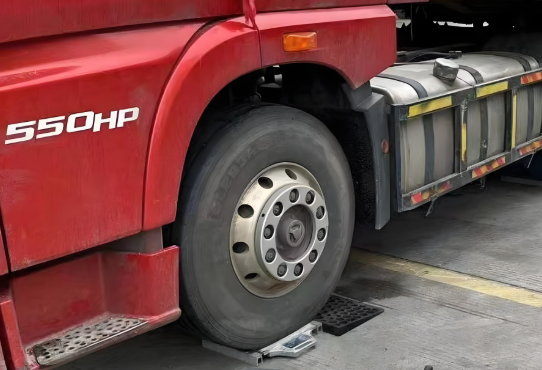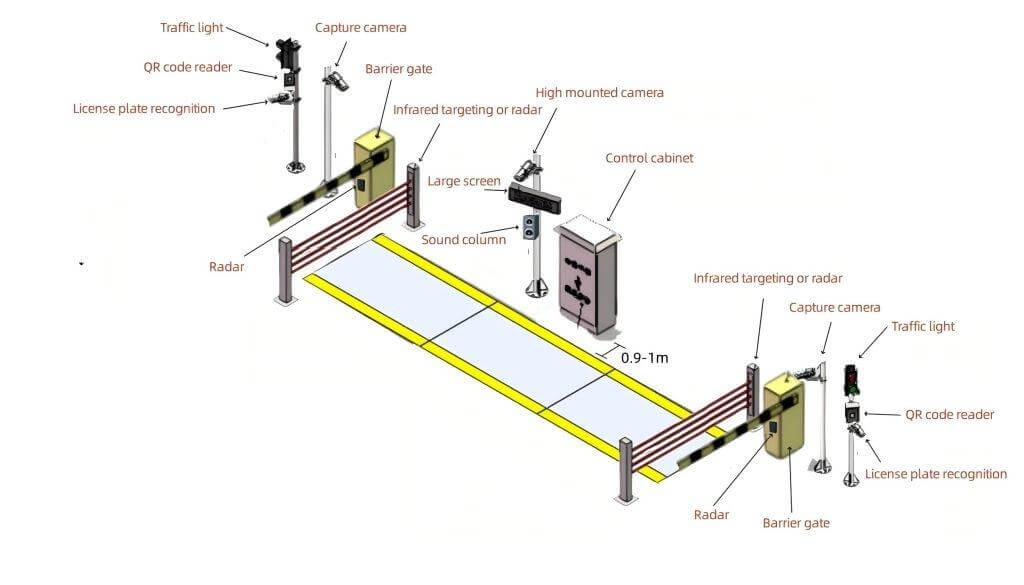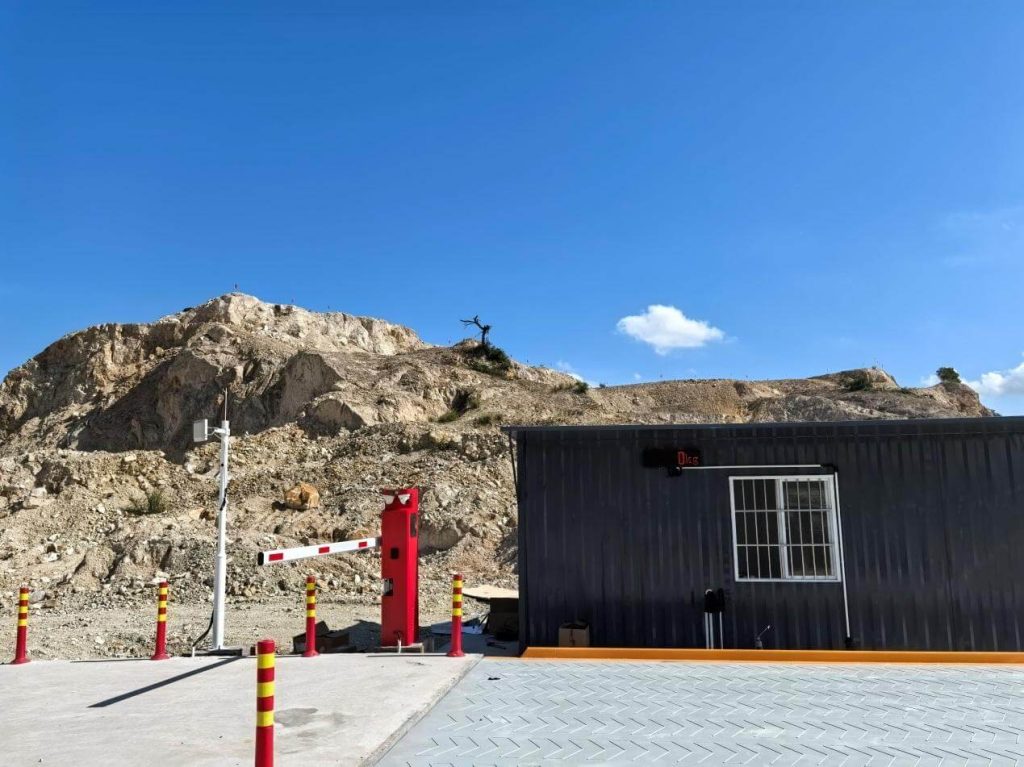How Do Truck Scales Work
What is a Truck Scale?
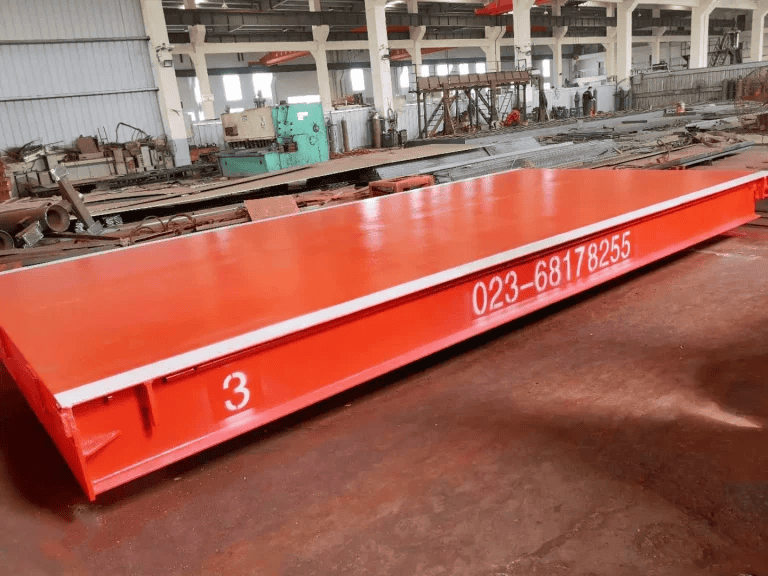
A truck scale is a large weighing platform designed to measure the weight of an entire truck and its cargo. Typically installed at logistics hubs, industrial sites, farms, and mining areas, truck scales help determine a vehicle’s total weight for purposes such as trade, compliance, or inventory management.
Why Are Truck Scales Important?
Truck scales—commonly known as weighbridges—are essential not only for measuring weight but also for ensuring supply chain accuracy and legal compliance. Overloaded trucks can damage roads, increase fuel costs, and pose serious safety risks. Underloading, on the other hand, leads to inefficiencies and revenue loss.
Core Components of a Truck Scale
Weighbridge Platform
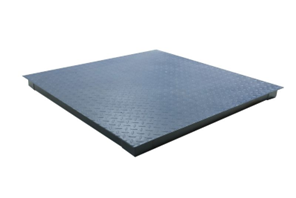
The weighbridge is the most visible and fundamental structure of a truck scale—it’s the area where vehicles are parked and weighed. Made from high-strength carbon or stainless steel and treated for corrosion resistance, the platform is built to withstand harsh outdoor conditions such as rain, snow, heat, and corrosive substances.
Key functions:
Evenly distributes vehicle weight to the load cells below
Resists lateral impact and localized concentrated loads
Provides safety features like anti-slip surfaces and drainage
Load Cells
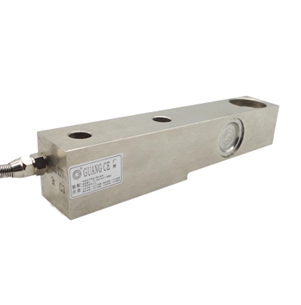
Load cells are the “sensory hub” of the truck scale, directly determining weighing accuracy and stability. Their core principle involves converting pressure into electrical signals, which are then amplified and digitized for the control terminal. Modern truck scales primarily use strain gauge load cells due to their high sensitivity, fast response, and strong anti-interference capabilities.
Common types of load cells include:
| Type | Structural Features | Use Cases | Shared Features |
|---|---|---|---|
| Bridge-type | Bridge-like structure that detects deformation via strain gauges | Measures shear stress, compact, and stable structure | – High protection level (IP67+) – High accuracy (<0.02% error) – Built-in temperature compensation |
| Shear beam | Measures shear stress, compact and stable structure | Medium to small weighbridges, hopper scales | Same as above |
| Column-type | Vertical load-bearing, suitable for high-capacity loads | Large-scale weighbridges, tank scales | Large-scale weighing equipment, like truck and rail scales |
Junction Box and Cables
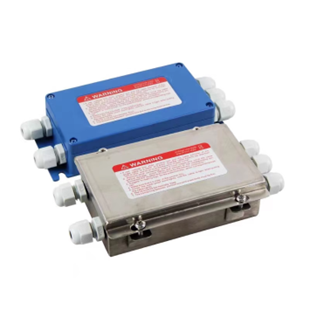
The junction box connects multiple load cells to the indicator. Main functions:
Collects analog signals from each load cell
Balances signal outputs to ensure consistent load readings
Shields against electromagnetic interference for system stability
Cables are shielded for strong anti-interference capability and must withstand weather and abrasion, especially for outdoor setups. Junction boxes are well-sealed for moisture, dust, and corrosion protection.
Indicator and Display
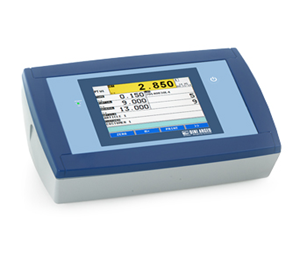
The indicator (or weight controller) serves as the data processing and user interface center. It receives analog or digital signals from the junction box, converts them via A/D conversion, calculates the weight, and displays it in real time.
Advanced features:
Multiple unit options (ton, kg, lb, etc.)
Connectivity with printers, computers, and cloud servers
Threshold settings, alarms, and auto data storage
Support for Bluetooth, Wi-Fi, RS232, and RS485 interfaces
In sectors like logistics, mining, and ports, weighing data is often integrated with ERP or MES systems for automation.
Foundation and Ramps
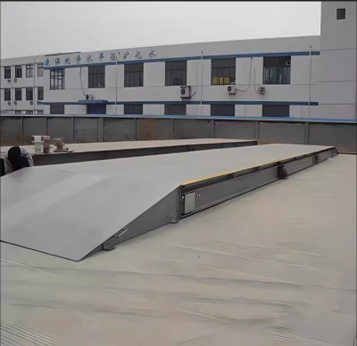
The foundation ensures the long-term stability of the weighbridge platform. It directly impacts weighing precision, equipment longevity, and maintenance ease. Two main types:
Pit-type installation: Platform is level with the ground—more aesthetic and easy to clean, but requires good drainage.
Above-ground installation (with ramps): Easier and cheaper to construct, easy to maintain, but occupies more space.
How Does a Truck Scale Work?
The process is simple yet highly precise:
- Truck Enters
The vehicle drives onto the scale platform. - Full Positioning
The entire truck is positioned on the scale so that the weight is evenly distributed across all load cells. - Force Detection
Each load cell senses the force applied by the truck’s weight and converts it into a tiny electrical signal. - Signal Processing
Signals from all load cells are combined and sent to the indicator. Advanced calibration algorithms compensate for environmental factors like temperature or vibration. - Display and Recording
The final weight is displayed digitally. Many systems automatically log this data into inventory or compliance software.
Calibration & Maintenance: Why Accuracy Matters
Calibration is essential, not optional. Even small errors can result in legal issues or financial losses. Best practices include:
Calibrating regularly based on usage frequency
Inspecting load cells and cables for wear
Monitoring environmental changes like ground shifts or temperature variations
A well-maintained truck scale ensures consistent accuracy and extends equipment lifespan.
Why Choose Bincen Truck Scales?
BINCEN offers high-performance, cost-effective truck scales for industries such as logistics, mining, and agriculture. Key advantages:
All-in-One Service – From sensors to software, including complete installation and maintenance support
Accurate Weighing – High-precision digital sensors with strong anti-interference capabilities
Wide Capacity Range – Multiple models and configurations to suit diverse applications
Durability – Heavy-duty steel structure, corrosion and impact resistant
Smart Operation – Remote monitoring, automation support, and efficient data management
Conclusion
A truck scale is more than just a heavy-duty platform—it’s a precision instrument that ensures safe and efficient operations across industries. By understanding how they work—from load cells to calibration—businesses can make informed decisions about installation, upkeep, and regulatory compliance.


